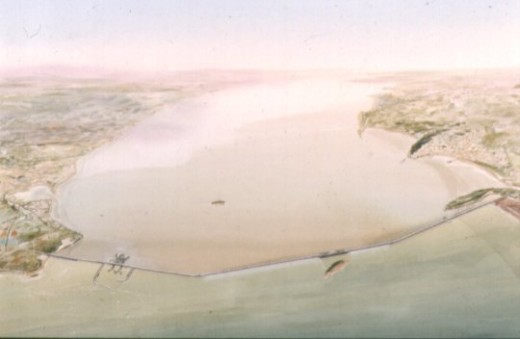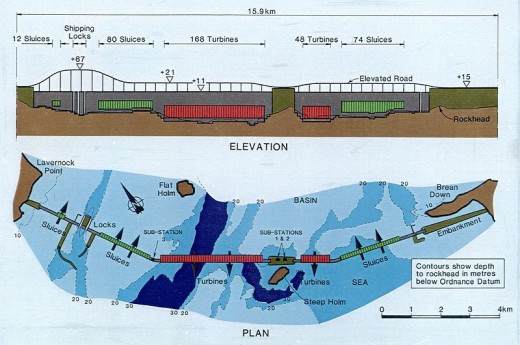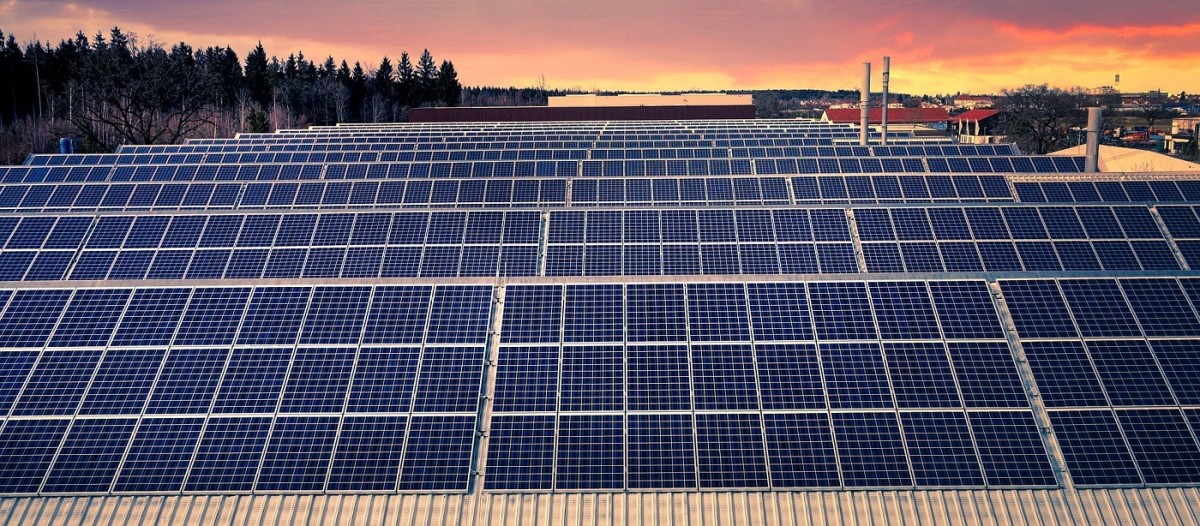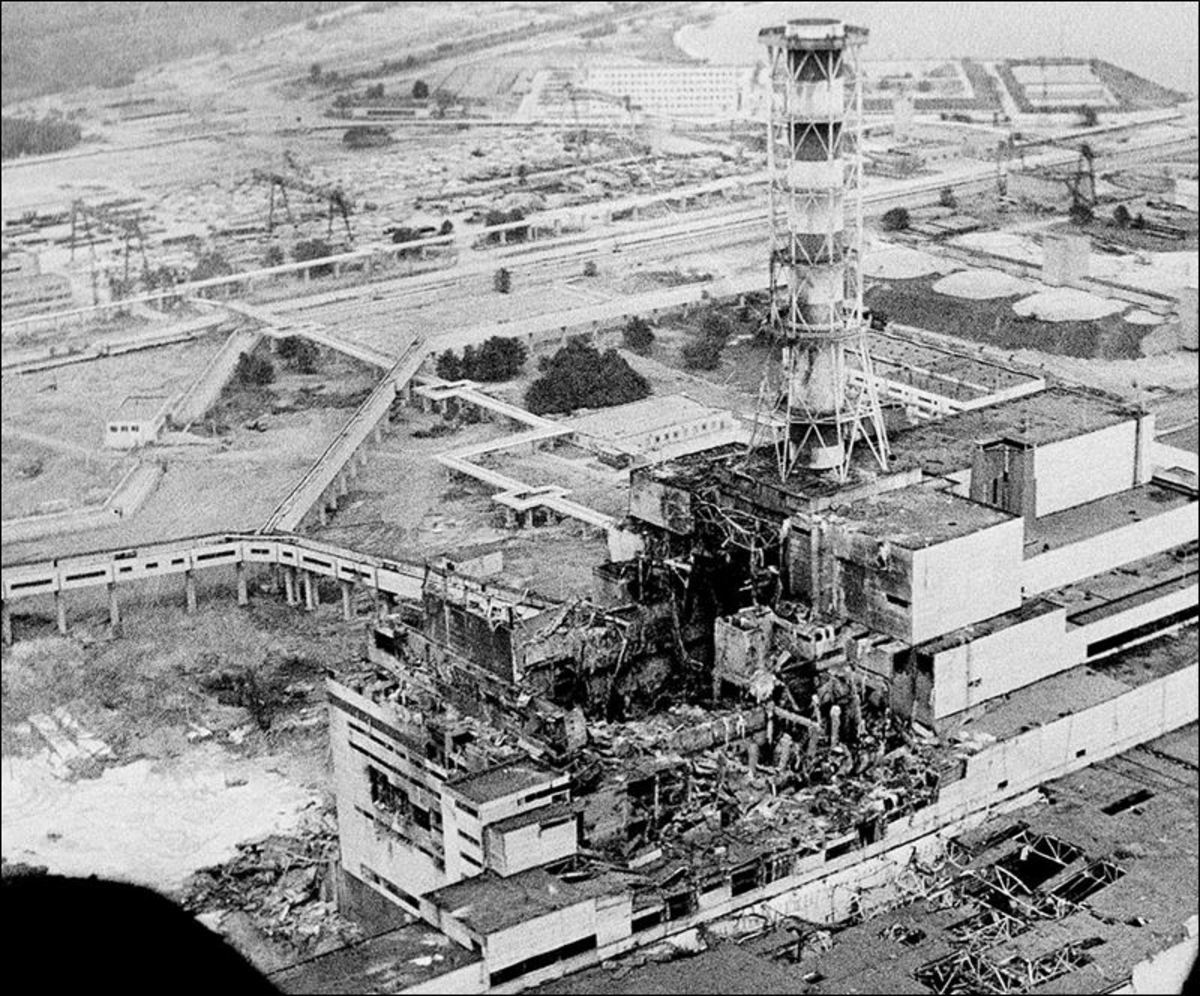Severn Barrage
Introduction
For many years there has been a plan to harness the incredible tidal power potential of the Severn estuary between England and Wales to produce renewable energy. There have been several plans of how this could be done, but the most common option is for a barrage at various points along the estuary, and so this hub will give a brief outline of these various barrage options, along with pros and cons.
The resource
The Severn Estuary and River Severn has the second highest tidal range in the world after the Bay of Fundy in Canada, leading to a large potential power source. The power of the tides can be seen in two ways.
Firstly in some areas along the coast the water comes in faster than a person can run, and also there is a tidal bore which is like a tidal wave and is caused by the incoming tide fighting against the river which is coming down. This is very powerful and has become a magnet for surfers, as the video above shows.
In addition the area across which there is this large tidal range is vast. As such it has been estimated that a scheme to harness this would potentially be able to produce approximately 5% of the UK's total annual electricty usage using renewable means.
History of plans
There have been plans for harnessing the power of the tidal rage of the Severn for many years.
The first plans for a barrage occurred in 1849, although this was not to generate electricity and was instead a way of improving transport links between England and south Wales. This would be built approximately at a site where the Severn Bridge was later built.
There were then a series of designs which dealt with building a barrage at the so called English Stones site. Such a barrage would be located approximately where the Second Severn Bridge is, and was chosen as the underlying geology is solid instead of silt as the majority of the estuary. The bridge was probably built here for this reason, but before it there were plans for a barrage in 1931, 1933, 1945, 1946, 1948 and 1953. These studies all included estimates of the cost, and it ranged from £25,000,000 up to £200,000,000. As such in none of these proposals made it past the initial feasibility study. It is of historical note however that during World War II Nazi Germany had the plan that if they were to be successful in their invasion of Britain one of the first things they would do is build a barrage across the Severn.
In 1981, as a direct response to the oil crisis, the UK government commisioned a report to look into the options of utilising the tidal power of the Severn. A series of barrages all along the length of the river and estuary were looked at, but the favoured option was for a barrage between Brean Down in England and Lavernock Point in south Wales. As with the English Stones scheme, this site was probably chosen due to firm underlying geology and the narrowness of the channel at this point. Brean Down is a rare area of solid rock which sticks out a considerable way into the estuary and so it would seem that using this would be a good idea. However, as Brean Down is a nature reserve and owned by the National Trust, any barrage would need to make landfall just to the side of this, however for simplicity Brean Down is always given as the site of one end of the barrage.
In 1987 the plan for a barrage further up the river was re-investigated. This was very close to the site of the English Stones barrage. It was favoured over the other options as it was felt that a scheme here would have a much lower capital cost, both due to the barrage being a shorter length and also it would need smaller locks as it would avoid the major docks at Bristol and Newport. In addition it was felt by many that this will be a better site for a new crossing from south Wales to England, particularly Bristol (remembering at the time work on the Second Severn Crossing hadn't begun).

In 1989 there was a further survey. This was larger in scope than previous ones, and was carried out by the Severn Tidal Power Group (STPG) which was an alliance of various construction and finance business. This once again decided that the preferred site for a barrage would be between Brean Down and Lavernock Point in south Wales (an illustration to the right shows this). The barrage would generate about 6% of the UK's electricity demand at the time, with a peak power output of 8640MW. Such a barrage would contain suitable shipping locks and transport links from one side to the other (as shown below). However, after the report had been published it was decided that such a barrage would be economically unviable given the high interest rates, and relatively low energy prices, of the time.

Post 1989 there have been a few plans devised, but none of them were really been taken seriously until the government launched a consultation process in early 2008 which is still ongoing and is due to give a definite response in 2010.
Current plans
The government is currently in the process of deciding which of a number of schemes for harnessing the power of the Severn should be the preferred option. Most of these use a barrage technique, but there are also other options.
In the original consultation launched in 2008, there were 10 options:
- An outer barrage from Minehead in Somerset (England) to Abertaw in Wales.
- A middle barrage from Hinkley in Somerset to Lavernock Point in Wales.
- A middle barrage similar to that of the Severn Tidal Power Group from Brean Down to Lavernock Point.
- The so called Severn Lake proposal. This was similar to a proposal by a local businessman in 2006 and would be a barrage from Brean Down to Lavernock Point, but would incorporate wave devices, wind turbines, marinas, a major road and rail link and potentially other buildings.
- The tidal reef proposal between Lavernock Point and Brean Down in which number of low head turbines would be used to reduce the height difference need to produce power. There would be less total power produced but it would happen over a longer period, and with less inpact to the environment.
- The tidal fence proposal between Brean Down and Lavernock Point would use tidal stream technology deployed across the width of the estuary.
- The English Stones scheme mentioned before.
- A Beachley Barrage which would be situated much further up the river and would therefore have less of an impact, but would generate a lot less power.
- An investigation into the various tidal lagoons.
In January 2009 a shortlist of five potential schemes was decided upon with the agreement that more research needs to go into all of these plans. They are:
- The Middle Barrage from Brean Down to Lavernock Point which would produce a maximum output of 8.6 gigawatts (GW).
- The English Stones Barrage with a peak output of 1.05GW.
- The Beachley Barrage with a peak output of 625 megawatts (MW).
- The so called Fleming Lagoon in Welsh waters which would have a peak output of 1.36GW.
- The Bridgewater Bay Lagoon which would also have a maximum output of 1.36GW.
However this shortlist was not without it's criticisms. Friends of the Earth, Greenpeace and other proponents of some of the schemes which were excluded from this shortlist argued of bias towards a Brean Down to Lavernock Point Barrage. Such schemes included offshore tidal lagoons bigger than those which made it onto the shortlist and the tidal fence proposal.
Pros of a Severn Barrage
There are a series of pros associated with a tidal barrage scheme in the Severn estuary.
- Obviously the largest benefit is the supply of renewable electricity, which means there are no greenhouse gas emisions and increases the energy security of the UK.
- Unlike other forms of renewable electricity generation such as wind and wave, tidal generation is predictable years in advance.
- During the construction, and to a lesser extent the operation, of a barrage there will be many jobs created, particularly with the larger schemes.
- There is the possibility of reducing travel times between England and Wales if a road or railway is incorporated into the scheme. At present the Severn Tunnel which carries trains from England to south Wales is at full capacity.
- It has been argued that as a tidal scheme will probably impound a large volume of water there is an increased chance of watersports, along with benefits for the seaside town of Weston-super-Mare.
- The barrage could also be used as a flood prevention measure to reduce the impact of storm surges.
- Some have also argued that a barrage will lead to a reduction in turbity in the water, which would lead to increased light pentration and increased plant growth the benefits of which will feed through the ecosystem.
Cons of a Severn Barrage
As with any engineering scheme of this size though, there will be many disadvantages which need to be overcome:
- Arguably the biggest disadvantage is the impact the barrage will have on the environment. Tidal mudflats are a very important site for many types of specialised wildlife, especially wading birds, and it is likely any scheme will drastically reduce the area of tidal mudflats.
- Another major disadvantage, and part of the reason why the barrage is yet to be built is the extremely high up front capital cost and the length of time it will take to build leading to extremely high borrowing and repayment costs.
- Whilst the barrage will produce a large amount of predictable and renewable electricity, depending on the tides it may be the case that it is generated when there is little demand such as in the middle of the night.
- Whilst some argue the barrage will improve the quality of the water impounded, others have expressed the fear that it will create a stagnant lake.
- A barrage will severely impact on the ports and docks upstream of it, and even if locks are installed it is likely there will still be some added inconvenience.
- There is the risk that if a road crossing is included this could decrease use of the existing bridges across the Severn.
- A barrage would have wider environmental impacts as it will increase pollution around either end in both construction and maintenance. There will also be the need to get the necessary aggregates to build it from quarries, further scarring the landscape.
Conclusions
It is widely believed by many experts within the industry that the government will think that the a Severn Barrage scheme from by Brean Down to Lavernock Point will be considered to be the favourite at the end of the current UK government's consultation. However, there is still some doubt about whether such a scheme will actually get built, mainly due to the large cost involved and the environmental impact.
Further reading
- Renewable Energy UK
A page which gives an overview of the UK renewable energy industry. - Renewable Energy: Natural Sources of Energy
This is a page which gives an overview of the major renewable energy sources, including tidal. - Home Page - DECC Severn Tidal Power Consultation
This is the home page for the consultation regarding utilising the tidal range of the Severn for renewable electricity generation. - Renewable Energy UK Blog
My own personal blog in which I comment on the major news stories affecting the renewable energy industry in the UK.



